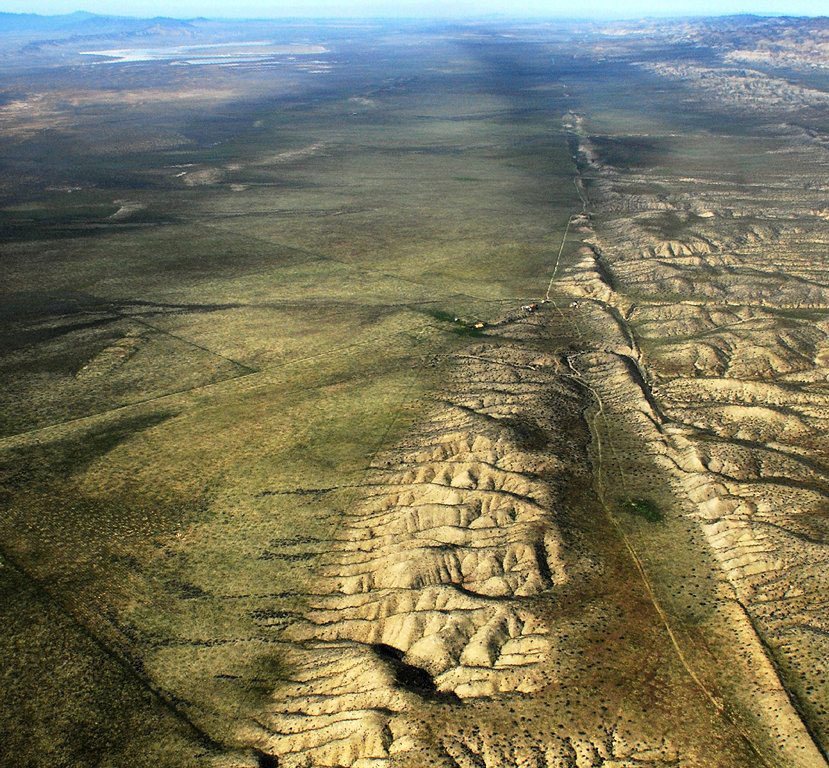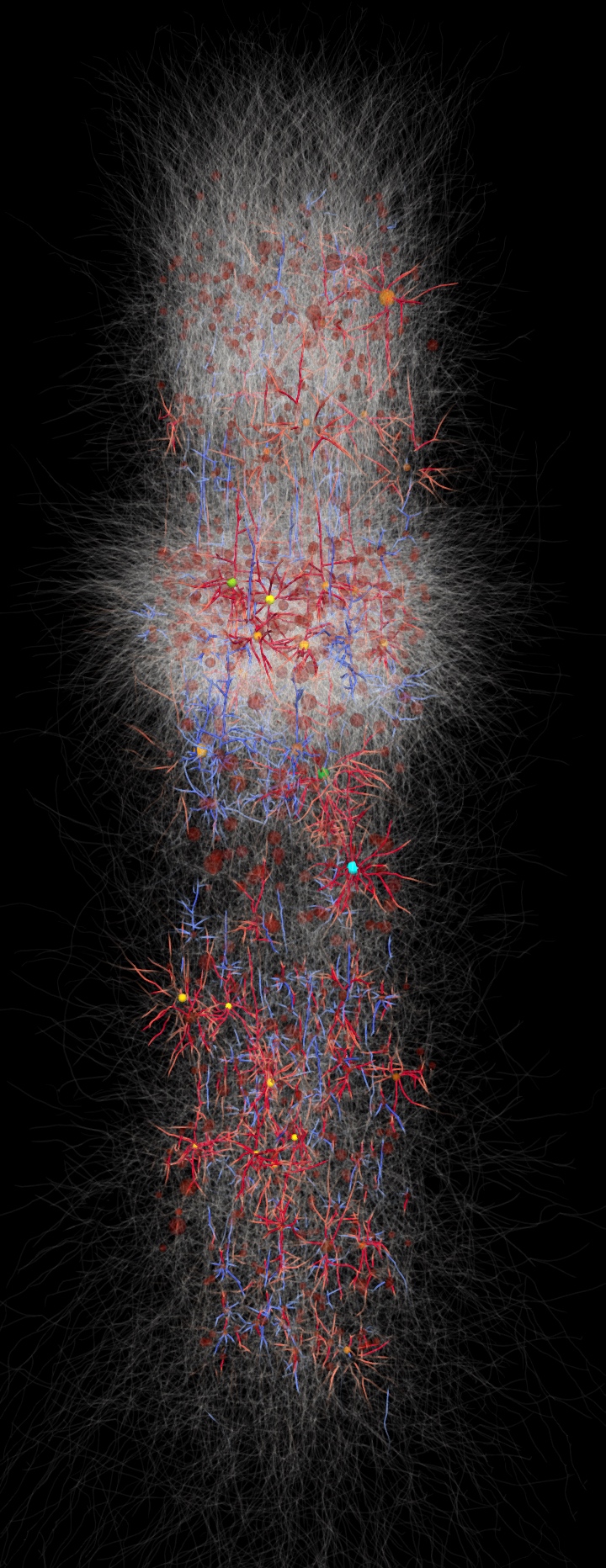Using flow visualization of emulated coughs and sneezes, researchers assessed the efficacy of facemasks in obstructing droplets. Loosely folded facemasks and bandana-style coverings provide minimal stopping-capability for the smallest aerosolized respiratory droplets. Well-fitted homemade masks with multiple layers of quilting fabric, and off-the-shelf cone style masks, proved to be the most effective in reducing droplet dispersal. Importantly, uncovered coughs were able to travel noticeably farther than the currently recommended 6-foot distancing guideline. Without a mask, droplets traveled more than 8 feet.




